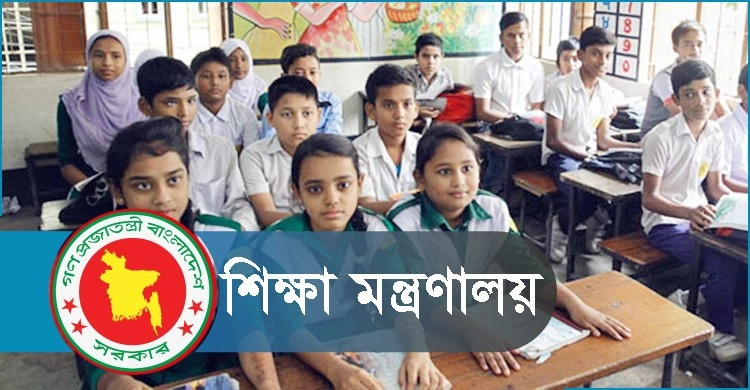In recent times, the world has faced unprecedented challenges, leading to widespread school and college closures. These shutdowns, prompted by various factors such as health crises, natural disasters, and societal unrest, have significantly impacted students, educators, and families alike.
When schools close their doors, it is not just the physical classrooms that are affected; the entire educational ecosystem feels the effects. Students, who thrive on routine and social interaction, often experience feelings of isolation and anxiety. The traditional learning environment fosters not only academic growth but also social skills and personal development. With colleges following suit, the ramifications become even more pronounced as young adults navigate their crucial formative years.
The closure of educational institutions can lead to substantial academic setbacks. In a typical school year, students benefit from direct instruction, hands-on experiences, and collaborative learning opportunities. When schools and colleges shift to online platforms, many students struggle to adapt. The digital divide creates disparities in access, leaving some students without the resources they need to succeed. For those who thrive in a structured environment, learning from home can feel disorienting and ineffective.
Furthermore, the consequences extend beyond academics. Many students look to their schools and colleges for emotional support and mental health resources. The absence of counselors and daily interactions with peers can exacerbate feelings of stress and loneliness. As a result, mental health issues among students have surged, prompting institutions to find innovative ways to provide support remotely.
In addition to the emotional and academic challenges, the economic implications of school and college closures are profound. Families may face increased financial pressures due to the need for technology, internet access, and other resources to facilitate online learning. Furthermore, the workforce is impacted as students delay graduation, affecting future employment and economic stability.
As communities navigate these closures, it is crucial to consider the steps that can be taken to mitigate the negative effects. Engaging families and finding creative solutions, such as hybrid models of education, can help maintain a semblance of normalcy. Investment in mental health resources and technology accessibility is also essential.
In conclusion, the abrupt school and college closures have far-reaching effects that resonate across society. While the immediate response may be to focus on health and safety, it is vital to remember the long-term impacts on education, mental health, and economics. Communities must come together to support students during these challenging times, ensuring that education continues even in the face of adversity. Addressing these challenges with empathy and innovation will pave the way for a brighter future for all students.
